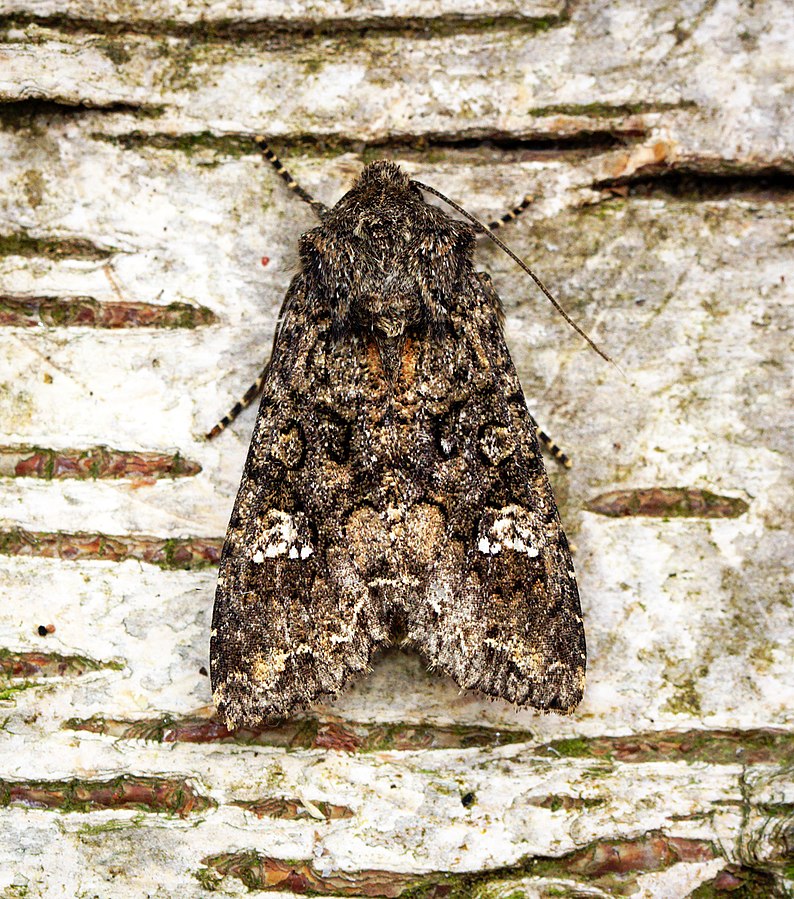Cabbage Moth
Adult:
- Appearance: Small moth with a wingspan of about 1-1.5 inches. Wings are grayish-brown with a distinctive white or pale yellow spot in the center of each forewing.
Behavior: Active during the day, often seen fluttering around cabbage and related plants.

Eggs:
- Appearance: Tiny, yellow or white, and oval-shaped.
- Location: Laid singly or in small clusters on the undersides of leaves.
- Hatching Time: Eggs hatch in 4-8 days, depending on temperature.
Larva (Caterpillar):
- Appearance: Green with a slightly fuzzy appearance and a yellowish stripe down the back.
- Development: Larvae go through several instars (stages) over 2-3 weeks before pupating.
- Feeding: The larvae are the main destructive stage, feeding voraciously on the leaves of host plants, creating holes and skeletonizing the foliage. They may also bore into the heads of cabbage or broccoli, contaminating the produce.
Plants Commonly Attacked:
- Cabbage
- Broccoli
- Cauliflower
- Kale
- Brussels Sprouts
- Collards
Prevention and Treatment:
Prevention:
- Row Covers: Use floating row covers to prevent adult moths from laying eggs on the plants.
- Companion Planting: Planting strong-smelling herbs like thyme, sage, and dill can help repel moths.
- Crop Rotation: Rotate crops to prevent overwintering pests from attacking new crops.
- Trap Crops: Planting sacrificial plants like mustard or radish can attract moths away from the main crop.
Treatment:
- Handpicking: Regularly inspect plants and manually remove and destroy eggs and larvae.
- Biological Controls: Introduce natural predators such as parasitic wasps (Trichogramma species) that target eggs or use Bacillus thuringiensis (Bt), a bacterial insecticide effective against caterpillars.
- Neem Oil: Apply neem oil to deter adults and inhibit larval development.
- Chemical Insecticides: Use as a last resort, selecting products specifically labeled for use against cabbage moths and safe for edible plants.
Regular monitoring and a combination of preventive and control measures will help manage cabbage moth infestations and protect your crops.
